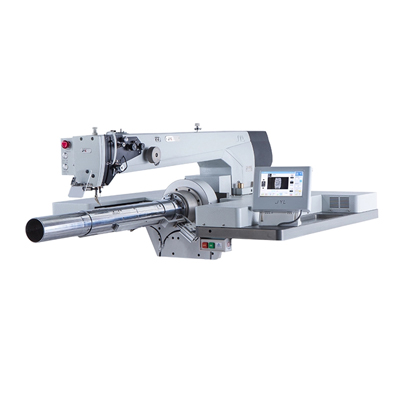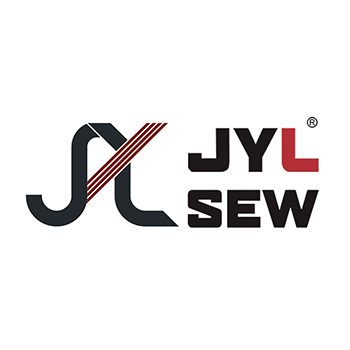An Automatic Machine refers to a device or equipment that operates or performs tasks with minimal human intervention.Automatic machines often incorporate advanced technologies, sensors, and programmable features that enable them to carry out tasks independently or in response to predefined instructions or conditions. They are commonly used in various industries and sectors, including manufacturing, transportation, robotics, healthcare, and more, to enhance productivity, accuracy, efficiency, and safety in the execution of specific tasks or operations.The main difference between an Automatic Sewing Machine and an Auto Stitching Machine lies in their primary functions and capabilities.
An Automatic Sewing Machine is designed to perform a wide range of sewing tasks, including joining fabric pieces together to create garments, accessories, or home textiles. These machines typically come with multiple built-in stitch patterns, such as straight stitches, zigzag stitches, buttonhole stitches, and decorative stitches. They allow users to select and adjust stitch lengths, widths, and tension settings based on their specific sewing requirements. Automatic Sewing Machines often have features like automatic thread cutting, needle threading, and bobbin winding, which streamline the sewing process and save time.
On the other hand, an Automatic Stitching Machine is specifically designed for repetitive and high-speed stitching in industrial or manufacturing settings. These machines are primarily used in large-scale production lines for tasks like seaming, hemming, binding, or topstitching. Automatic Stitching Machines typically have a single stitch pattern optimized for efficiency and speed. They are equipped with advanced automation features like automatic thread trimming, precise stitching control, and programmable settings for consistent and precise stitching quality. These machines are capable of stitching through multiple layers of fabric or heavy-duty materials with ease.
In summary, an Automatic Sewing Machine is more versatile, allowing for a wide range of sewing tasks and stitch options, whereas an Automatic Stitching Machine is specifically designed for high-speed, repetitive stitching in industrial settings. The choice between the two depends on the user's requirements, whether it is for personal sewing projects or large-scale production needs.





